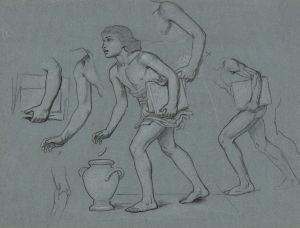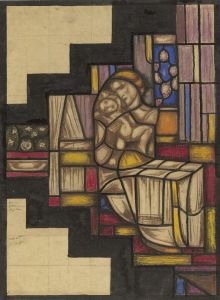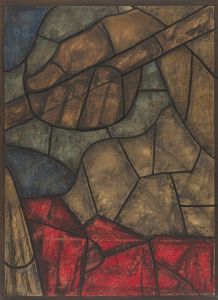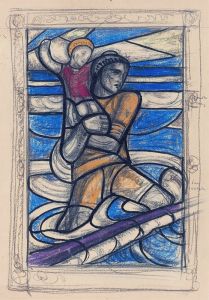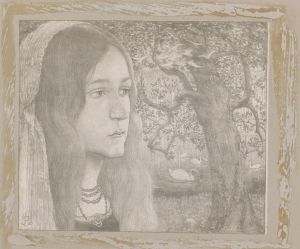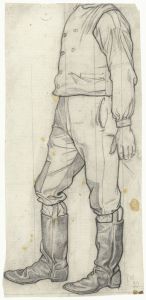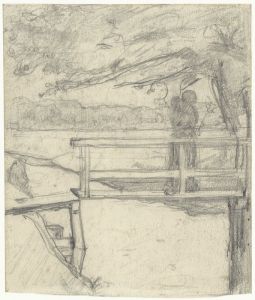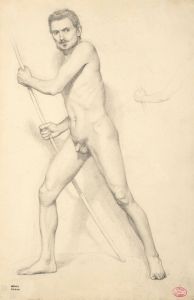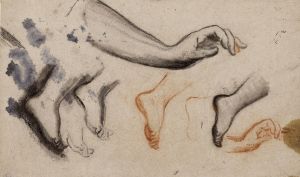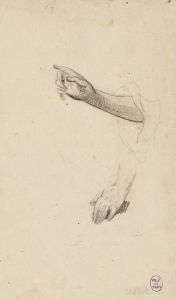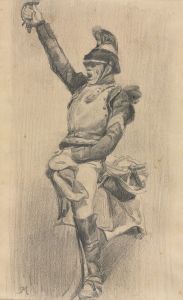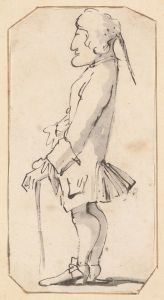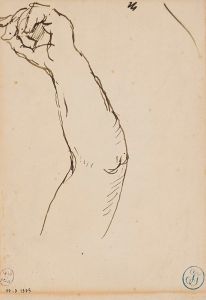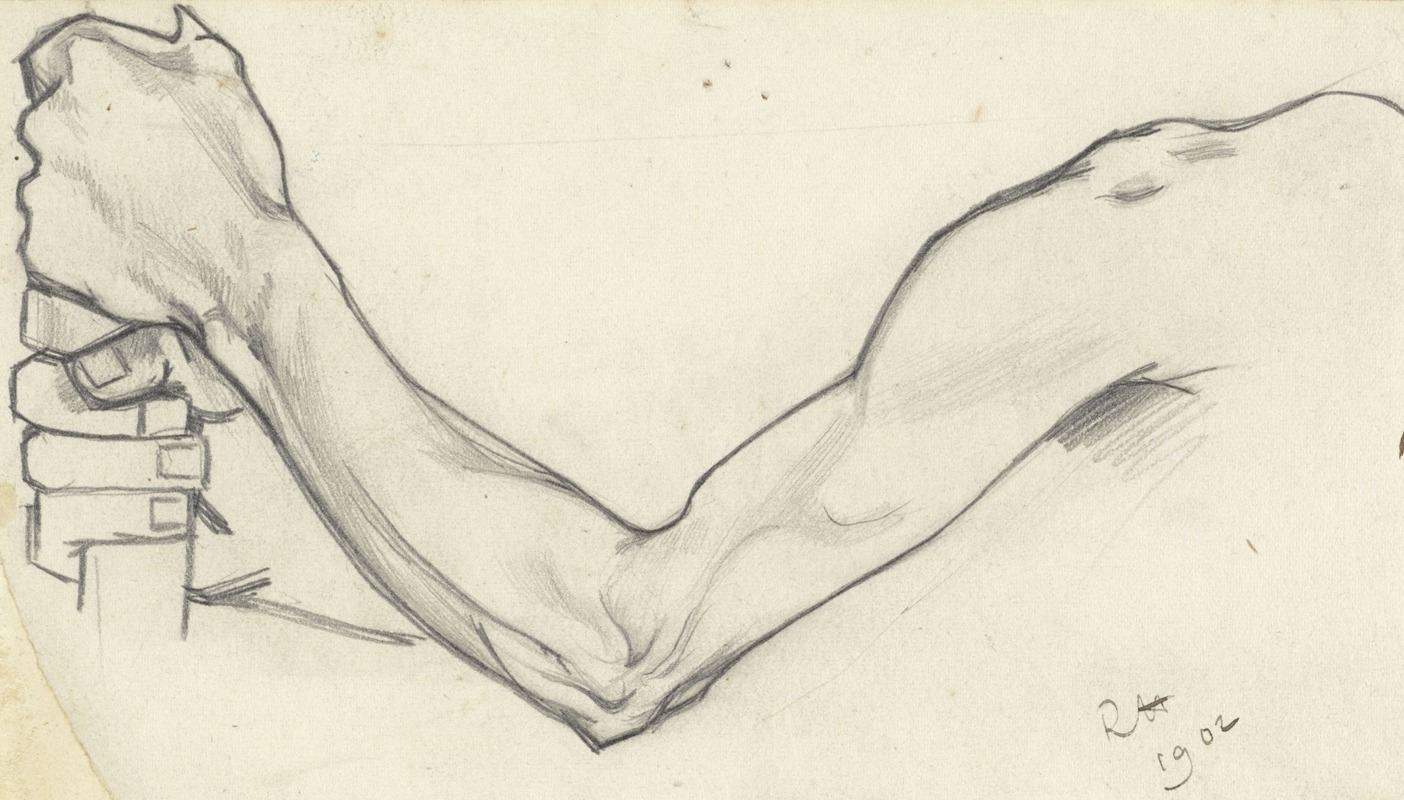
Studie van een linkerarm die een stok vasthoudt
A hand-painted replica of Richard Nicolaüs Roland Holst’s masterpiece Studie van een linkerarm die een stok vasthoudt, meticulously crafted by professional artists to capture the true essence of the original. Each piece is created with museum-quality canvas and rare mineral pigments, carefully painted by experienced artists with delicate brushstrokes and rich, layered colors to perfectly recreate the texture of the original artwork. Unlike machine-printed reproductions, this hand-painted version brings the painting to life, infused with the artist’s emotions and skill in every stroke. Whether for personal collection or home decoration, it instantly elevates the artistic atmosphere of any space.
"Studie van een linkerarm die een stok vasthoudt" (Study of a Left Arm Holding a Stick) is a drawing by the Dutch artist Richard Nicolaüs Roland Holst. Richard Roland Holst was born on December 4, 1868, in Amsterdam, Netherlands, and he became a prominent figure in the Dutch art scene during the late 19th and early 20th centuries. He was known for his contributions to various artistic disciplines, including painting, drawing, and printmaking, as well as his involvement in the Dutch labor movement and his role as an art educator.
The drawing "Studie van een linkerarm die een stok vasthoudt" is a study piece, which means it was likely created as a preparatory work or an exercise to explore the anatomy and movement of the human arm. Such studies were common practice among artists, allowing them to refine their skills and understand the intricacies of human anatomy. This particular study focuses on the left arm holding a stick, capturing the tension and musculature involved in the action.
Richard Roland Holst's work often reflected his interest in social themes and his commitment to the ideals of the labor movement. He was married to the poet and socialist Henriette Roland Holst, and together they were active in promoting social justice and workers' rights. This social consciousness sometimes permeated his artistic work, although "Studie van een linkerarm die een stok vasthoudt" appears to be more focused on technical and anatomical exploration rather than overt social commentary.
Throughout his career, Roland Holst was associated with various artistic movements, including Symbolism and Art Nouveau. He was influenced by the works of contemporaries such as Jan Toorop and the broader European art trends of his time. His style often combined detailed realism with a sense of idealism and decorative elements, which can be seen in his more finished works.
In addition to his artistic practice, Roland Holst was a respected educator. He served as a professor at the Rijksakademie van Beeldende Kunsten (State Academy of Fine Arts) in Amsterdam, where he influenced a generation of young artists. His teaching emphasized the importance of drawing and the study of the human form, which is evident in his own meticulous studies like "Studie van een linkerarm die een stok vasthoudt."
Richard Roland Holst's contributions to Dutch art were significant, and his works are held in various collections, including museums and private collections. His legacy is marked by his dedication to both his craft and his social ideals, making him a notable figure in the history of Dutch art.
"Studie van een linkerarm die een stok vasthoudt" remains a testament to Roland Holst's skill as a draftsman and his commitment to the study of the human form. While it may not be as widely recognized as some of his larger, more complex works, it provides insight into his artistic process and the foundational skills that underpinned his broader oeuvre.





